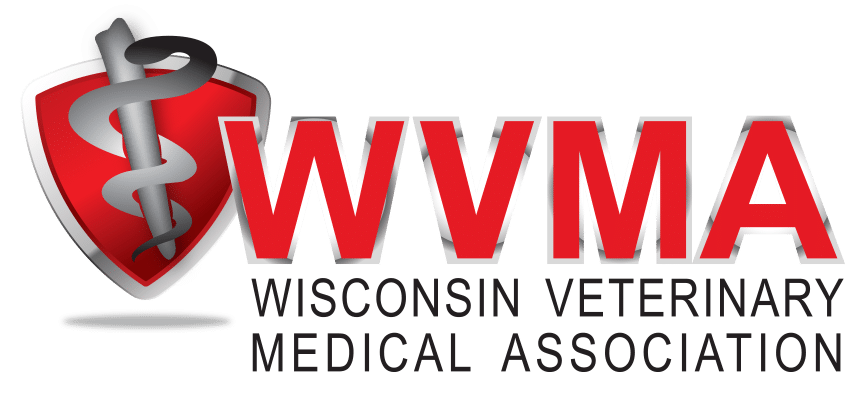By Chris Barncard, University Communications, University of Wisconsin-Madison
Volunteers at four sites in Madison are being tested for the virus that causes COVID-19 by spitting in a vial, which may prove faster, cheaper and less complicated than other common tests, according to University of Wisconsin-Madison researchers.
Scientists from UW-Madison’s AIDS Vaccine Research Laboratory (AVRL), a team that in recent years has also turned its attention to COVID-19 and Zika virus outbreaks as need arose, have tuned a relatively simple genetic testing process to find evidence of the novel coronavirus in saliva.
With support from a National Institutes of Health grant program that hopes to expand testing in the U.S. soon, the researchers have collected hundreds of samples from volunteers at three UW-Madison sites and a local elementary school. The tests were completed in hours, a stark contrast to common wait times of several days or even weeks for results from other kinds of COVID-19 tests.
“This sort of testing, if it is successful and can be expanded, offers hope that schools and workplaces could receive rapid turnaround testing to assist in the complex decision of managing education during the outbreak with a test that is still sensitive enough to catch the people who are contagious, but exceptional in terms of accessibility, cost, and turnaround time” says David O’Connor, professor at the UW School of Medicine and Public Health.
They made their early findings available in late July in a brief study posted on medRxiv, a website for health sciences research that has not yet been peer-reviewed and published in a scientific journal. The test has not been approved for clinical diagnosis. The UW-Madison researchers are studying whether this type of test can be administered frequently and efficiently.
“Recent studies show that frequent, repeated testing is key to detecting infected people quickly,” says Tom Friedrich, professor in the UW School of Veterinary Medicine. “Because people can be contagious before they show symptoms of COVID-19, rapid testing can allow them to isolate and protect others before they even realize they are infected.”
The project started in February – even before the first COVID-19 cases appeared in Madison – when O’Connor and Friedrich were working with UW Hospital and Clinics to see if recent flu-like illnesses were actually the new virus.
“We were interested in knowing whether there was silent spread of the virus in Madison,” says O’Connor. “Fortunately, diagnostic testing became available very quickly. We shifted gears to adapting an alternative type of nucleic acid testing.”
Most testing for SARS-CoV-2, the virus that causes COVID-19, uses a chemical process called polymerase chain reaction, or PCR, to make copies of the genetic material in a small sample so they are easier to identify. The Madison group employs a different method, called reverse-transcription loop-mediated isothermal amplification (RTLAMP) to amplify the identifiable parts of virus available in saliva samples.
“The advantage of RT-LAMP is that it is easier to set up than PCR, and doesn’t require specialized instrumentation,” says O’Connor. “We
realized that this sort of testing might be more appropriate for place like workplaces, schools and nursing homes that might require onsite,
frequent, repeated testing.”
RT-LAMP also uses different chemicals than the PCR process, which has become so vital to pandemic testing that supply chains and manufacturing capacity have been stretched thin. And RTLAMP requires fewer steps, using simpler and less expensive instrumentation than PCR.
AVRL scientists Dawn Dudley and Christina Newman spent months adapting the test for saliva, because the group expected people would get pretty tired of the common sampling method, a swab (now also in short supply) run sometimes deep into the nose.
“Collection is more comfortable, which is especially important if you are getting tested twice a week and important for children,” says Dudley. “Swabs can be quite invasive and somewhat damaging over time. Spitting into a tube? Not so bad.”
